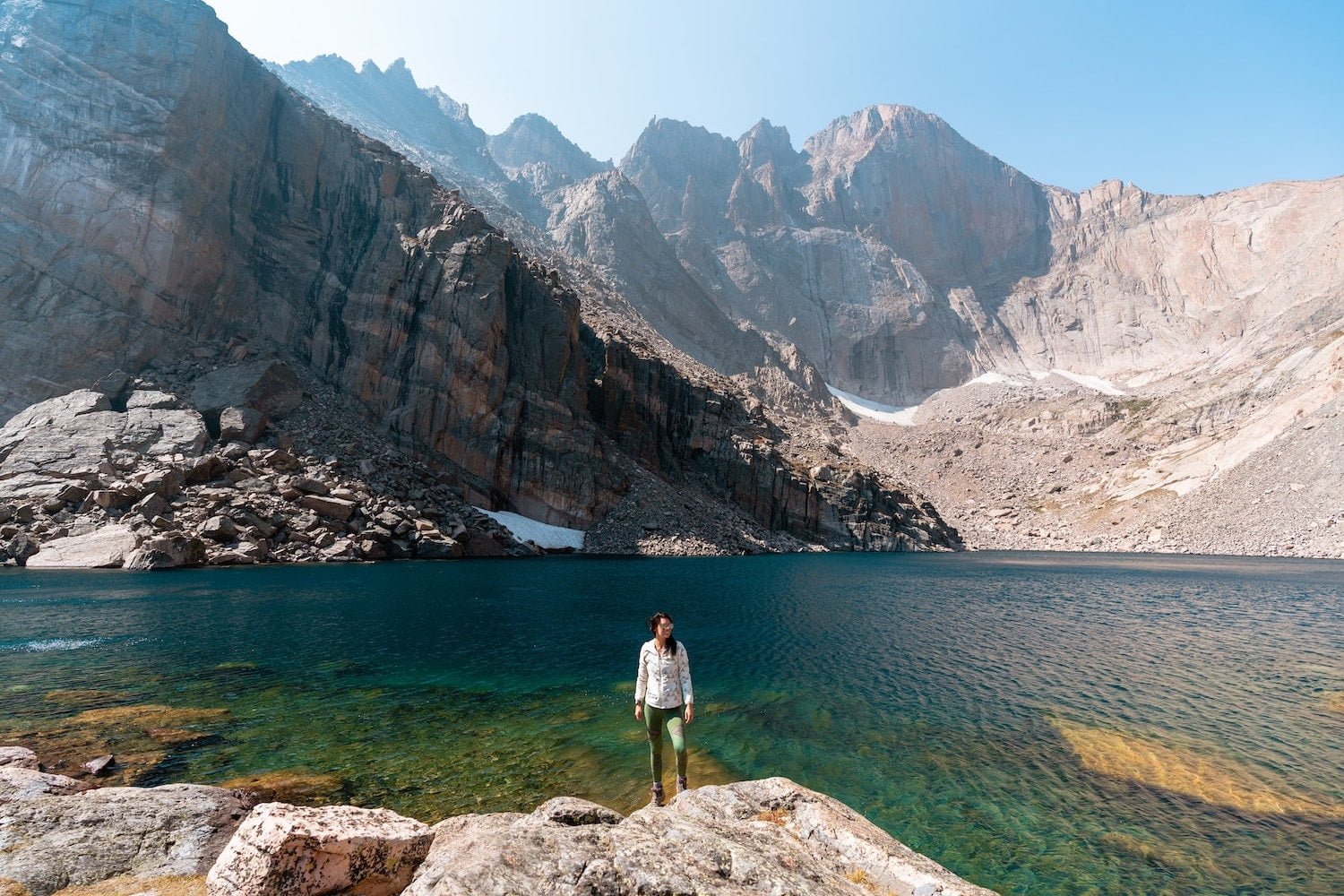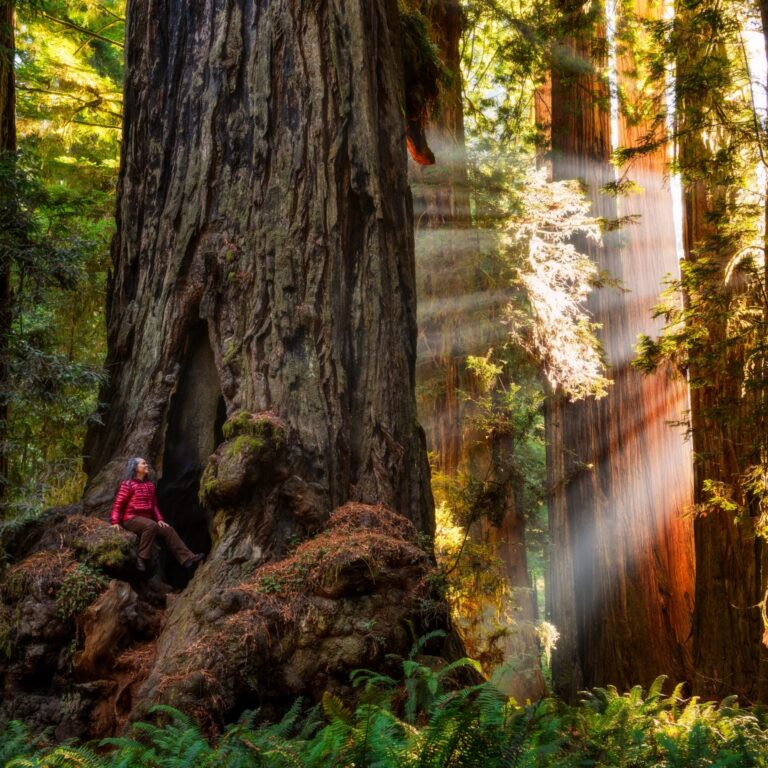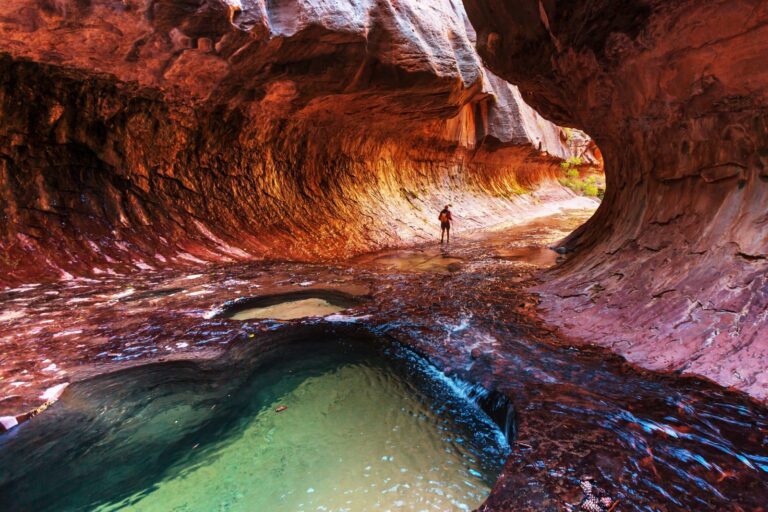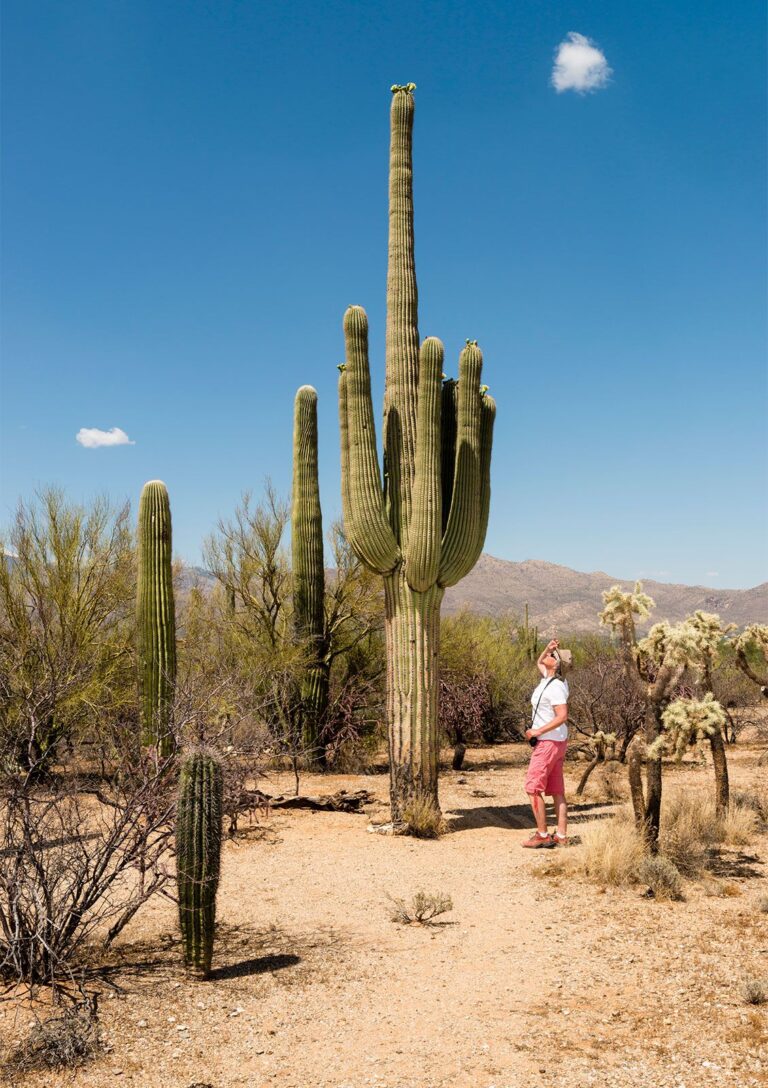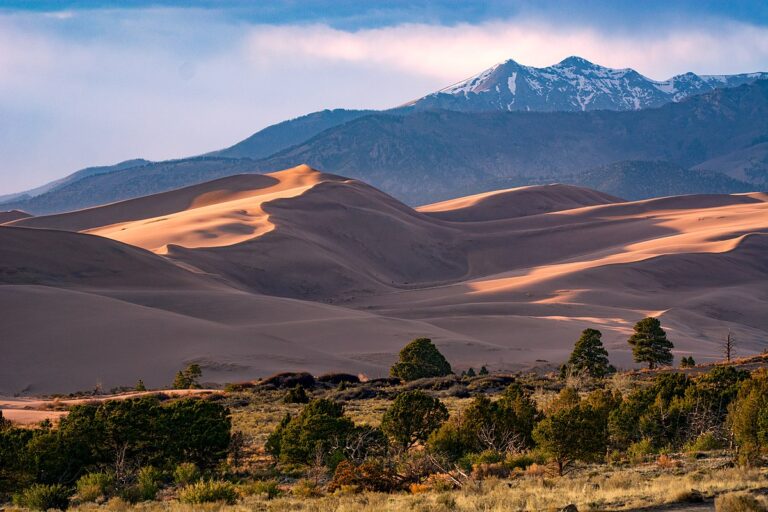Rocky Mountain National Park
Rocky Mountain National Park, spanning a vast expanse of 265,807 acres, stands as a testament to the breathtaking beauty of nature and the diverse ecosystems it encompasses. Established in 1915, this majestic park has become a haven for nature enthusiasts, attracting around 4.43 million visitors annually. In this article, we delve into the guidelines for firearms within the park, its rich wildlife, the best time to visit, and essential visitor information.
Navigating Firearms Regulations
Before embarking on an adventure within Rocky Mountain National Park, it is crucial to familiarize yourself with the firearm regulations to ensure a safe and enjoyable experience. Individuals are permitted to openly carry handguns and rifles, as well as transport them within vehicles. However, it is imperative to possess a valid Colorado concealed carry permit or a permit from a state with reciprocal agreements.
It is essential to note that specific buildings such as visitor centers, ranger stations, and government offices within the park are prohibited from housing weapons, as indicated by signs posted at all public entrances. Additionally, recreational activities such as target shooting or firearm discharge are strictly forbidden within the park’s boundaries.
While firearms might seem like a defense strategy against wildlife encounters, it’s essential to remember that firearms are not a recommended approach for protection. Instead, the park advocates the use of bear spray and other safety procedures, which have been proven effective in preventing interactions with bears and other wildlife.
For detailed information on Colorado’s gun laws, visitors can obtain accurate resources from the state authorities.
Honoring Nature: Hunting Regulations
Rocky Mountain National Park upholds a strict no-hunting policy within its boundaries. This preservation effort ensures that the park’s wildlife can thrive without the pressures of hunting activities. As a result, visitors can immerse themselves in the natural beauty of the park and observe its inhabitants in their undisturbed habitats.
Unveiling the Park’s Rich Wildlife
Rocky Mountain National Park boasts a stunning array of natural wonders and is home to 77 peaks soaring over 12,000 feet in elevation. For mountaineers and hikers seeking an adrenaline rush, the park provides an idyllic playground. Among the breathtaking summits, Diamond stands out with its awe-inspiring vertical distance of 2,000 feet, while Long Peak reaches a staggering height of 14,259 feet.
From evergreen forests to alpine tundra and delicate wildflower meadows, the park’s landscapes cater to a diverse range of tourists. For those who seek both serenity and excitement, the park offers an ideal blend of adventure and tranquility.
While grizzly bears have been eradicated from the park’s territory along the Continental Divide, the reintroduction of moose, bighorn sheep, and elk has been a remarkable success story. These captivating creatures contribute to the park’s vibrant ecosystem and offer visitors the chance to witness wildlife in its natural habitat.
Naturalist Enos Mills, often referred to as the “father of Rocky Mountain National Park,” eloquently captured the essence of the Rockies: “The Rockies are…uniquely rich with mountain views that fire the blood and make life stronger and sweeter.”
Optimal Timing for Your Visit
For an unforgettable experience, plan your visit to Rocky Mountain National Park between the months of June and September. This window ensures pleasant weather and allows you to explore the park’s wonders without the hindrance of harsh winter conditions.
Visitor Information and Fees
To facilitate your visit, here’s a breakdown of the visitor fees:
- $15.00 per person/cyclist for up to 1 day
- $30.00 per vehicle for up to 1 day
- $25.00 per motorcycle for up to 1 day
- $35.00 per vehicle for up to 7 days
- $30.00 per motorcycle for up to 7 days
- $70.00 for Rocky Mountain National Park Annual Pass
For those planning to explore multiple national parks, the America The Beautiful Annual Park Pass offers fantastic value. Priced at $80, this pass grants access to all U.S. National Parks and extends its benefits to friends. Furthermore, it provides discounted rates for seniors, military personnel, and other eligible groups.
Visitor Centers for Your Convenience
Rocky Mountain National Park is well-equipped with visitor centers to enhance your experience and provide essential information. Here are some key details about these centers:
Beaver Meadows Visitor Center
- Address: 1000 US-36, Estes Park, CO 80517
- Phone Number: (970) 586-1206
- Hours of Operation: Daily 9:00 AM–6:00 PM
Fall River Visitor Center
- Address: US-34, Estes Park, CO 80517
- Phone Number: (970) 586-1206
- Hours of Operation: Daily 9:00 AM–6:00 PM
Alpine Visitor Center
- Address: Trail Ridge Rd, Grand Lake, CO 80447
- Phone Number: 970-586-1222
- Hours of Operation: Daily 9:00 AM–5:00 PM
Conclusion
Rocky Mountain National Park beckons with its awe-inspiring peaks, diverse wildlife, and unforgettable landscapes. As you venture into this natural sanctuary, remember to respect firearm regulations, embrace the park’s no-hunting policy, and cherish the opportunity to witness nature’s wonders. Whether you’re a seasoned mountaineer or a curious tourist, the park’s beauty is sure to leave an indelible mark on your heart.
FAQs;
1- Can I openly carry firearms in Rocky Mountain National Park?
Yes, you can openly carry handguns and rifles, but you must adhere to state and federal firearm regulations and possess a valid concealed carry permit.
2- Are firearms permitted within all park buildings?
No, federal law prohibits firearms in specific buildings such as visitor centers, ranger stations, and government offices. Look for signs indicating these restrictions.
3- Is hunting allowed in the park?
No, hunting is strictly prohibited within Rocky Mountain National Park to preserve its wildlife.
4- What is the best time to visit the park?
The optimal time to visit is between June and September when the weather is pleasant for outdoor exploration.
5- What are the visitor fees for the park?
Visitor fees vary based on the duration of your stay and the type of vehicle. Please refer to the provided fee breakdown for details.
